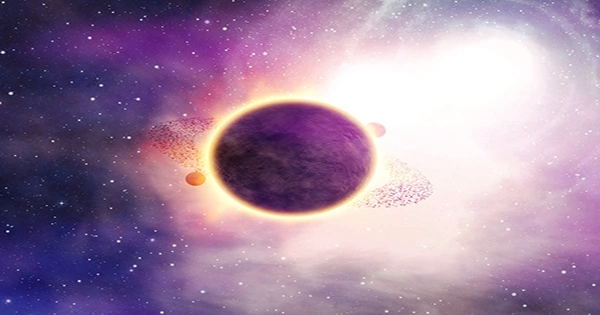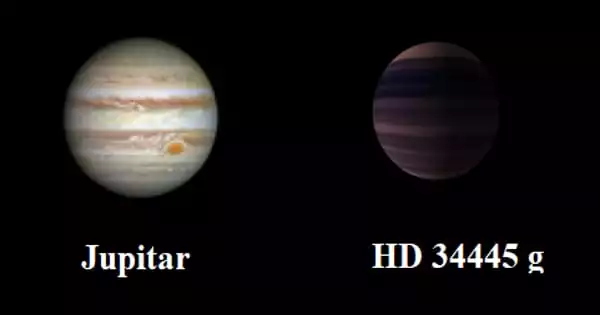In the atmospheres of two exoplanets, astronomers have found the intriguing element barium. The 56th element on the periodic table, detected in the upper layers of two strange planets, WASP-76 b and WASP-121 b, both ultra-hot Jupiters, is the heaviest element ever found in the atmosphere of an exoplanet. And when we say strange, we don’t exaggerate. On WASP-76b, it is said to rain iron, and liquid rubies and sapphires may be pouring on WASP-121b’s nightside.
Much closer than Mercury is to the Sun, these gas giant exoplanets orbit their stars at extraordinarily close distances. Over 1,000°C (1800°F) is the highest temperature they can achieve, which is hot enough to melt and evaporate metals, including barium.
Lead author Tomás Azevedo Silva, of the University of Porto and the Institute of Astrophysics and Space Sciences in Portugal, said in a release, “The intriguing and paradoxical part is: why is there such a heavy element in the higher layers of the atmosphere of these planets?”
According to co-author Olivier Demangeon, a researcher at the same institutions, “given the tremendous gravity of the planets, we would expect heavy elements like barium to quickly descend into the lowest layers of the atmosphere.”
It’s possible that we know less about the atmospheres of these planets than we previously thought, given the presence of barium and the uncertainty surrounding its transmission to the upper atmosphere.
The high temperatures of ultra-hot Jupiters, which make it exceedingly favorable to study their atmospheres, cause them to be inflated.
Demangeon said that because their atmospheres are gaseous and hot, they are much more expansive and simpler to detect and study than those of smaller or cooler planets.
While WASP-76b is 650 light-years from Earth, WASP-121b is 850 light-years away. The scientists observed the planets using the ESPRESSO instrument on the Very Large Telescope of the European Southern Observatory in Chile. Astronomers may determine the composition of WASP-76 b and WASP-121 b’s expanded atmospheres by passing the light of the respective stars through them, leading to the finding of barium.
Azevedo Silva remarked, “This was sort of a ‘accidental’ discovery. Barium was not something we were anticipating or were looking for, so we had to double-check that it was coming from the planet because it had never been observed in an exoplanet before.
















